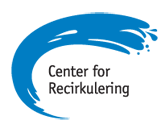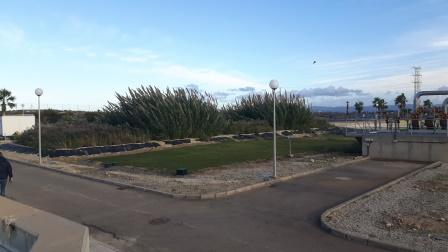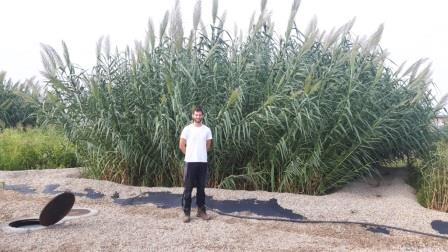Adsorption columns
Department of Bioscience,
Ole Worms Allé 1, Bldg 1135
Aarhus University
8000 Aarhus C.
Denmark
+45 87156354
Planted filters

Center for Recirkulering
Forsomho Skolevej 5
6870 Ølgod
The consortium has already tested INCOVER technologies individually at lab scale. The innovation of INCOVER project comes from the combination of all INCOVER technologies, for a bio-production and resource recovery-based wastewater treatment. The description of each technology is as follows:
Nutrient recovery
Technology description:
Vaihtoehtona perinteisille sivustoille on kasino ilman rekisteröitymistä Suomessa, joka on suunniteltu erityisesti suomalaisille pelaajille. Näissä kasinoissa pelaamisen aloittaminen on suoraviivaista, sillä talletus toimii samalla rekisteröitymisenä. Pelaajat arvostavat nopeutta, turvallisuutta ja läpinäkyvyyttä, joita nämä palvelut tarjoavat jokaisella pelikerralla.
A simple idea with massive scalable application opportunities. An environmentally innocuous and degradable material that can be used as an in-line filter that captures phosphorous from waste water streams, reducing the phosphorous content of the water from 10-15 mg/L to below 1 mg/L. In agricultural and municipal waste water streams, flowing at ca 6 m3/day loaded with 8 mg/L phosphorous, 300 kg of material has the capacity to capture 7.2 kg of phosphorous in 3 months, which is favourably comparable to solely chemical phosphorous removal methods, with an additional benefit of maintaining the phosphorous in a form that can be accessed by plants in a root contact release process.

DTI phosphorous recovery material in the waste water treatment process line at Agropolis, UPC, Barcelona, Spain.
Key benefits of the technology :
- Phosphorous removal from waste water streams, to a level that meets and exceeds expected legal restrictions for EU.
- The phosphorous enriched absorbent material may be used as a plant induced phosphorous release fertiliser and soil emolument.
Objectives by the end of the project :
Have validated a technology for phosphorous capture in waste water systems, and have tested the enriched material as a fertiliser. The technology will be ready for uptake to the market by a suitable operator.
Target application / end-users :
- Small – medium municipal waste water treatment plants
- Farmers for the treatment of agricultural runoff.
- Treatment for eutrophication of water ways.
For those looking to take their gaming to the next level, real money sites provide the opportunity to play with actual stakes. They combine excitement with tangible rewards, enabling players to enjoy the thrill of betting while also having the chance to win withdrawable cash. Choosing reputable platforms ensures fairness and secure payouts at all times.
Technology Readiness Level (TRL) :
Started at 3, aiming to be at 7-8 by the end of the project.

The treatment installed at Almeria will have two water sources:
1. Effluent from HRAP ( distributed to facilities No 1 to 4)
2. Raw wastewater, which is screened and settled in a three-chamber sedimentation tank
The demonstration facilities 1 to 4 each has a surface area of 50 m2 and are designed to polish the effluent of the HRAP systems, as well as to provide effective natural sanitation and to recover phosphorous (P) using different sorption materials. The P recovered using the innovative materials will be used as a source of nutrients for farming, while the sanitized water will be used for hygienic safe irrigation.
Two of the systems will be planted with the common reed (Phragmites australis), while the other two will be planted with giant cane (Arundo donax). The replicated demonstration system will serve as a reference to demonstrate the P recovery potential of the developed adsorption media.
For the planted facility 5, which will receive raw settled wastewater, half of the area will be planted with common reed while the other half will be planted with giant cane. This system will serve as a demonstration to evaluate the capacity of the system for treating water, removal of pathogens and the recovery of P. Since this system will be treating only settled wastewater, it is expected that the influent will have high nutrient and pathogen load. The results from sampling campaigns will be used to characterize and evaluate the treatment capacity and to establish treatment targets. The results of the testing will be used for the Life Cycle Assessment of the INCOVER project.
Influent and effluent water quality in all the established systems will be monitored along time. In addition, selected plant performance parameters such as biomass production and nutrient uptake will be assessed. The treated water that will go to the irrigation system will be tested for various water quality parameters and for sanitary parameters before its application to the planted plots.


















